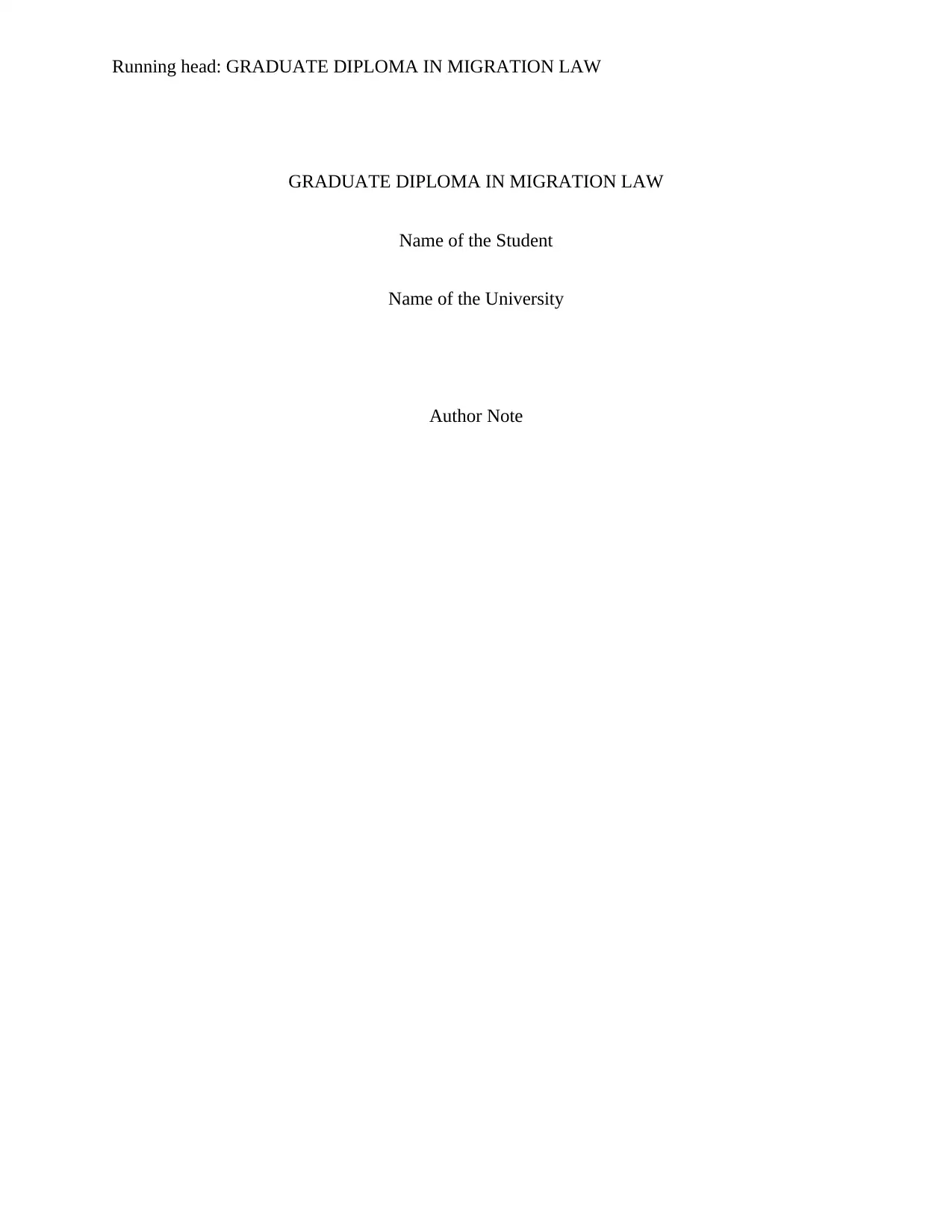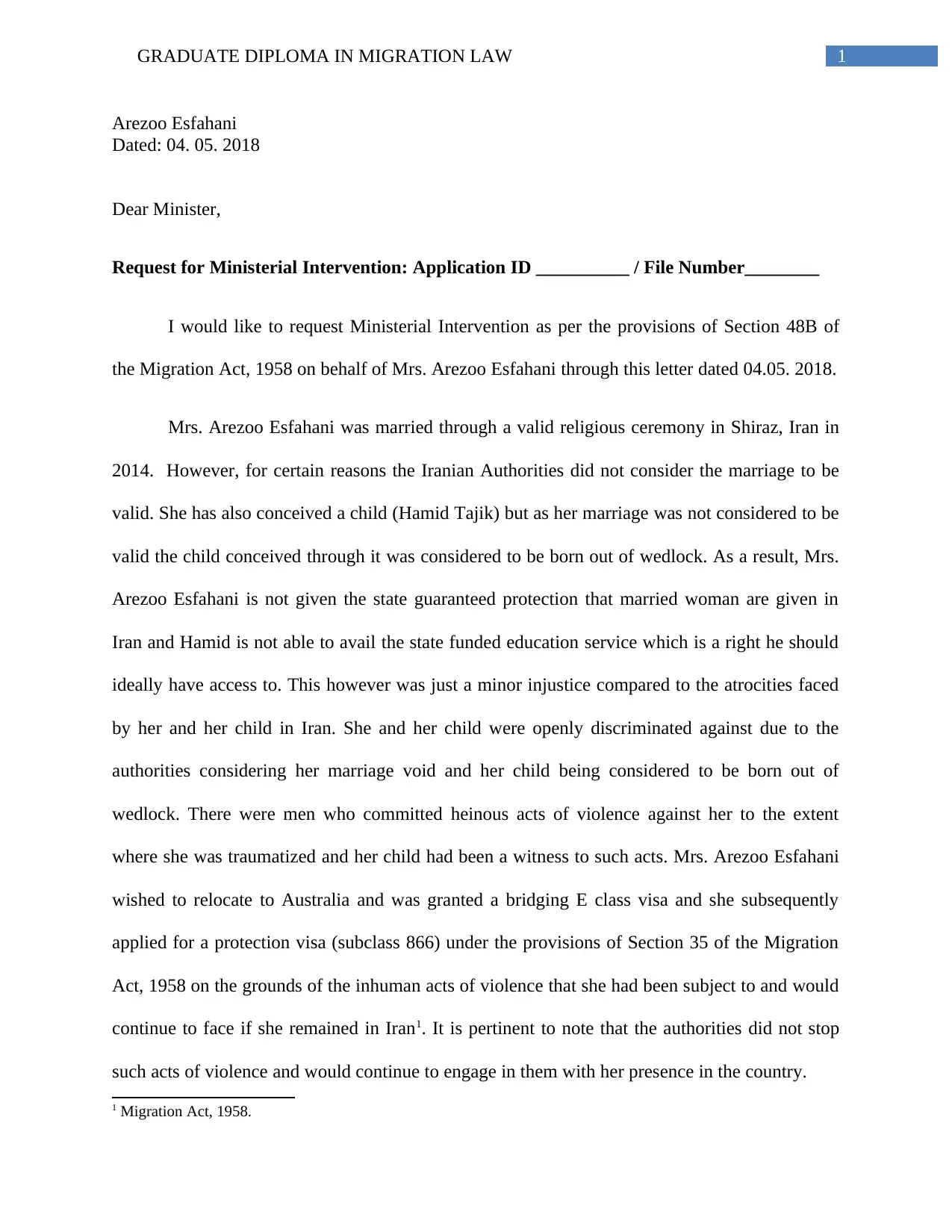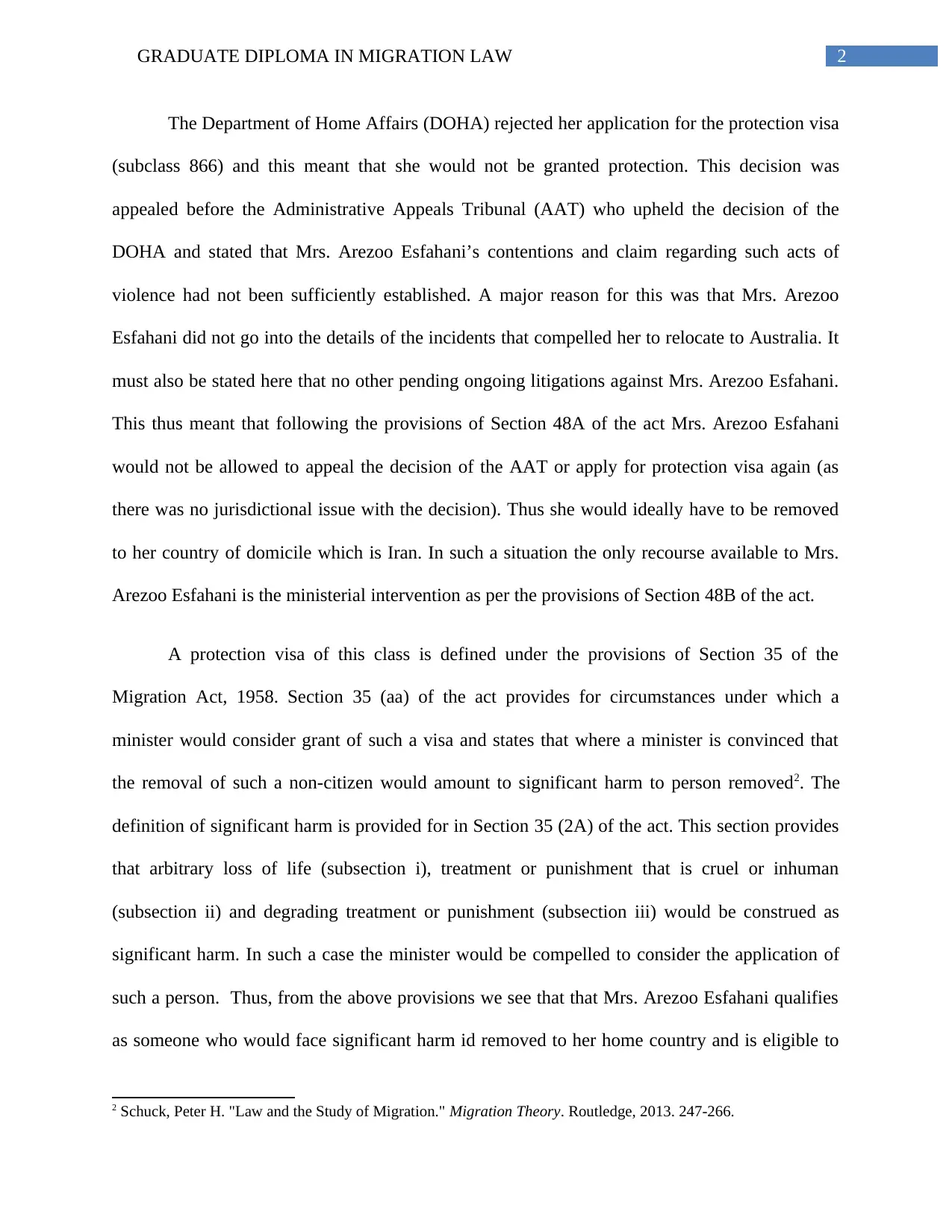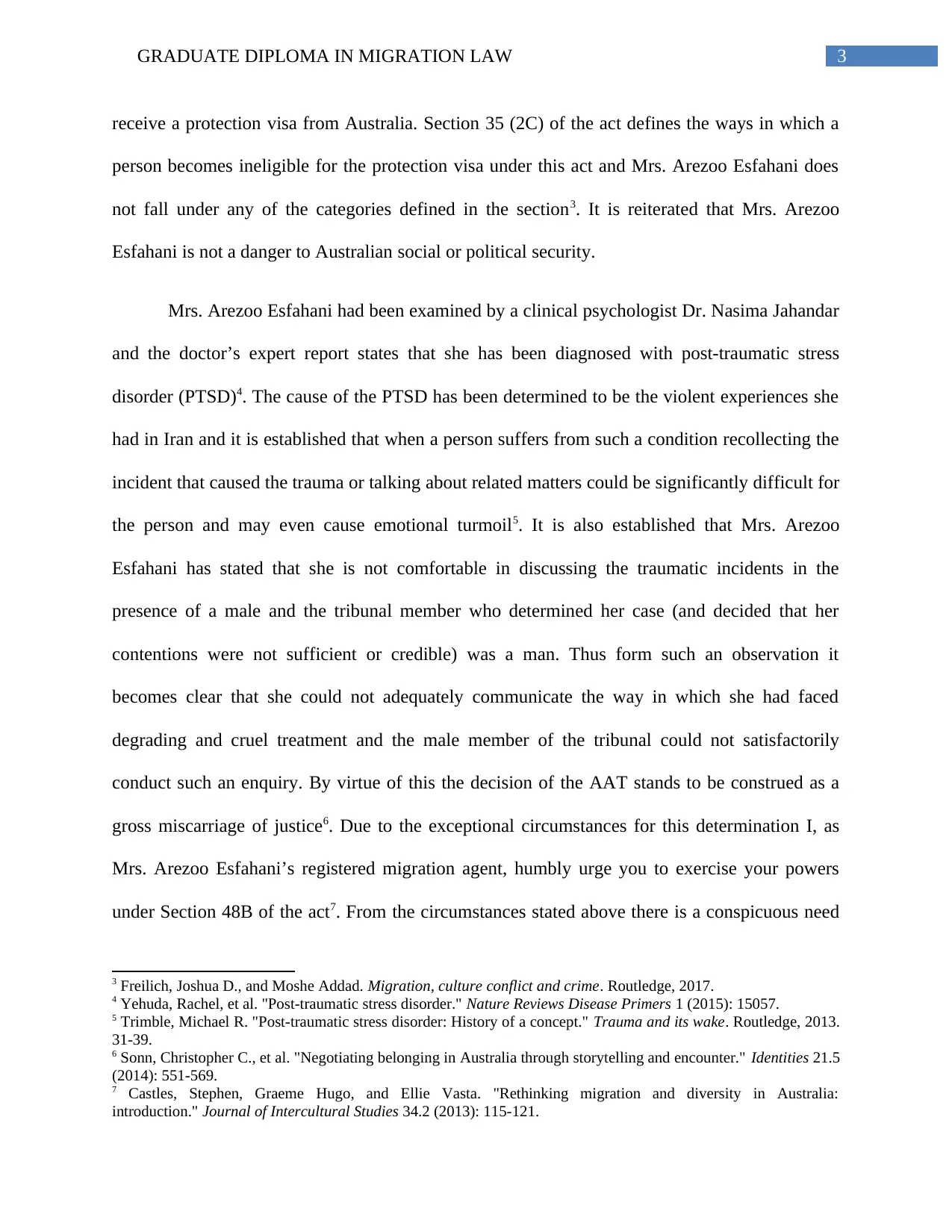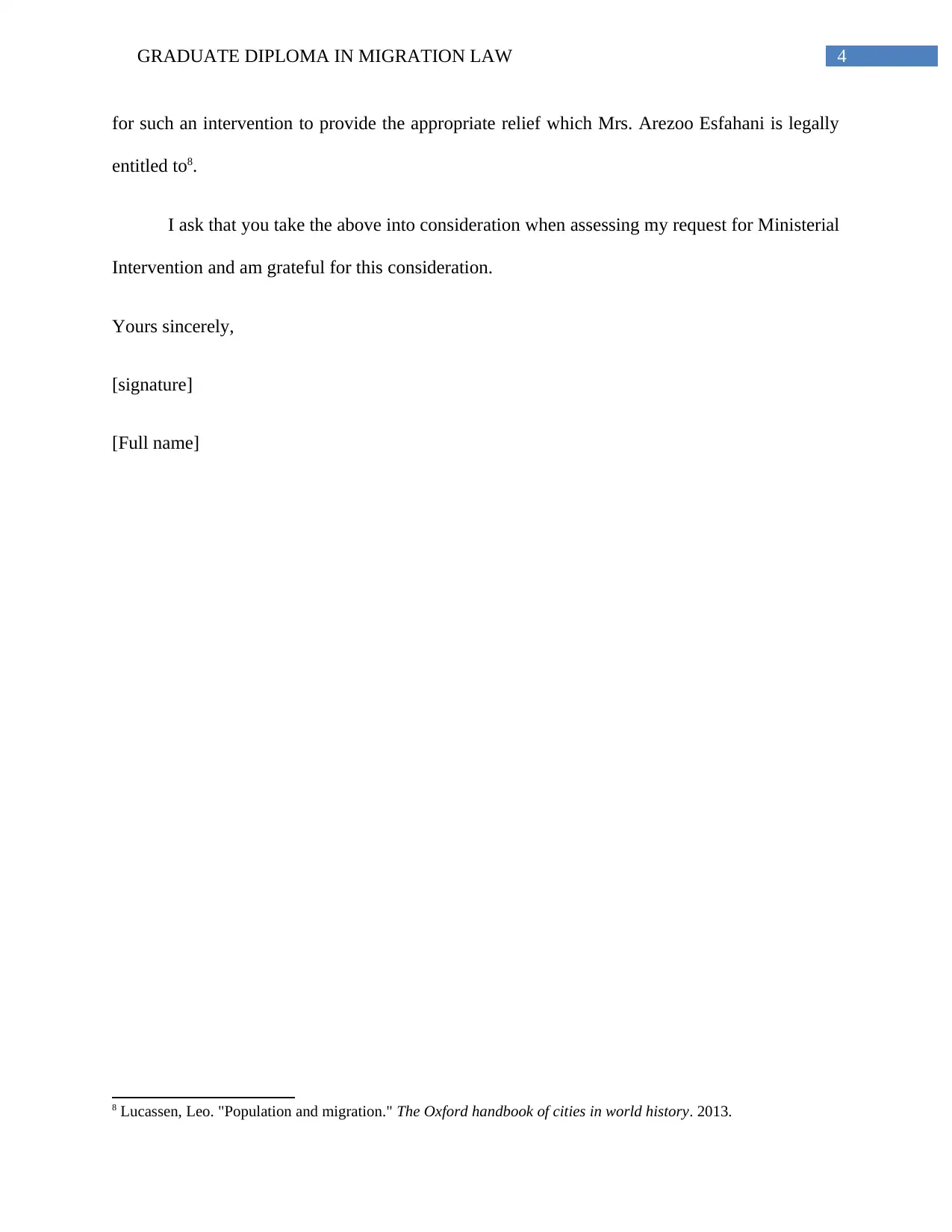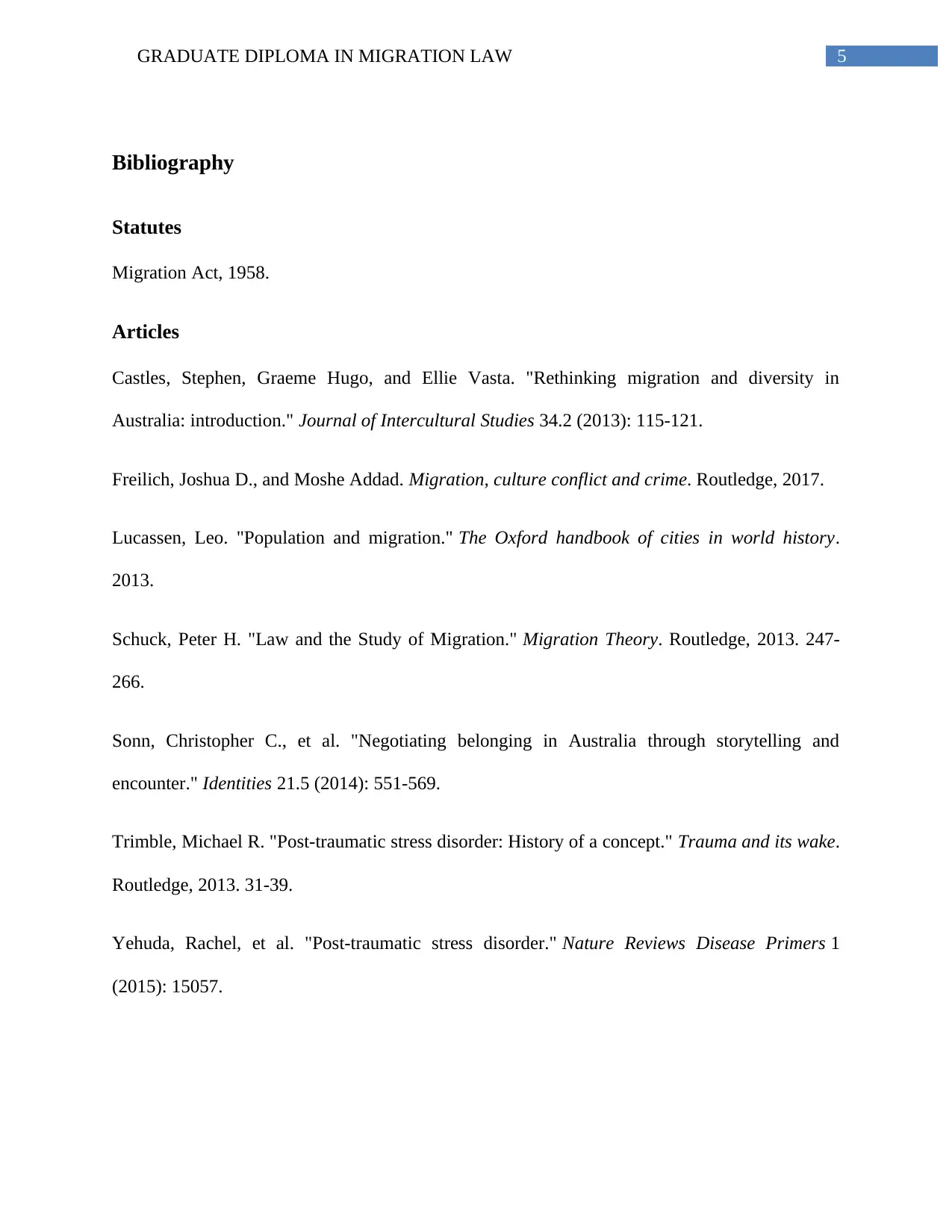This letter is a request for Ministerial Intervention as per the provisions of Section 48B of the Migration Act, 1958 on behalf of Mrs. Arezoo Esfahani through this letter dated 04.05. 2018. Mrs. Arezoo Esfahani wished to relocate to Australia and was granted a bridging E class visa and she subsequently applied for a protection visa (subclass 866) under the provisions of Section 35 of the Migration Act, 1958 on the grounds of the inhuman acts of violence that she had been subject to and would continue to face if she remained in Iran. The Department of Home Affairs (DOHA) rejected her application for the protection visa (subclass 866) and this meant that she would not be granted protection. This decision was appealed before the Administrative Appeals Tribunal (AAT) who upheld the decision of the DOHA and stated that Mrs. Arezoo Esfahani’s contentions and claim regarding such acts of violence had not been sufficiently established.
![[object Object]](/_next/static/media/star-bottom.7253800d.svg)
![[object Object]](/_next/static/media/star-bottom.7253800d.svg)
